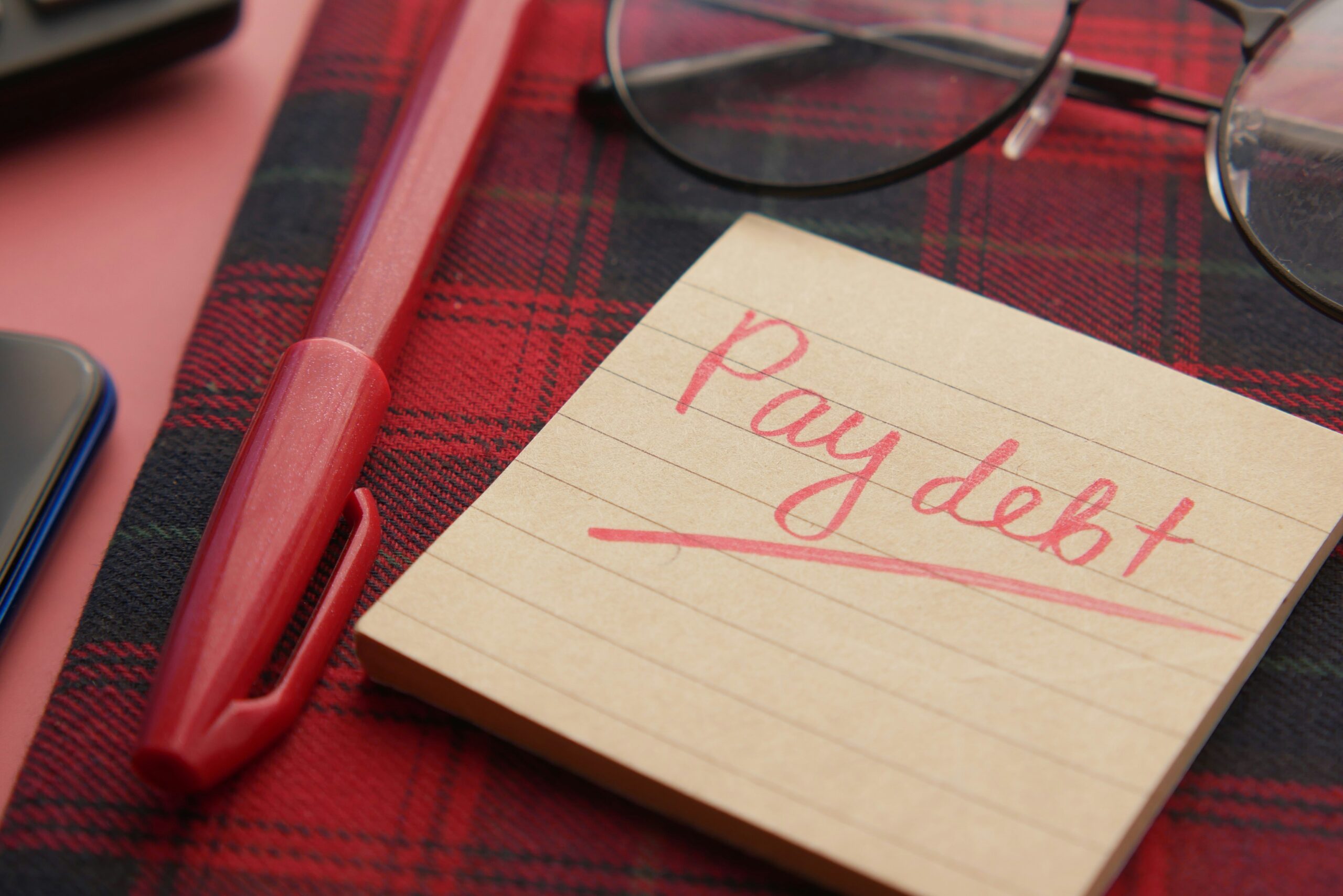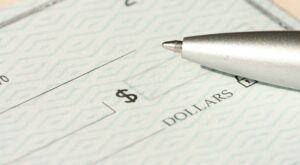In a world where credit cards, loans, and financial obligations seem to be the norm, finding oneself in debt is not uncommon. Whether it’s due to overspending, unexpected emergencies, or simply living beyond one’s means, debt can be a significant source of stress and anxiety for many individuals. However, with a well-thought-out plan and commitment, it is possible to regain financial stability. Here are four major steps to help you get out of debt:
Assess Your Debts
The first step in tackling debt is to understand the full extent of your financial obligations. Make a list of all your debts, including credit cards, loans, mortgages, and any other outstanding payments. Note down the total amount owed for each debt, the interest rates, and the minimum monthly payments required. This will give you a clear picture of where you stand financially and help you prioritize which debts to tackle first.
Create a Budget
Once you have a clear understanding of your debts, it’s time to create a budget. Start by listing all your sources of income, including salaries, bonuses, or any other forms of income. Next, list all your monthly expenses, including rent or mortgage, utilities, groceries, transportation, and entertainment. Be sure to include minimum debt payments in your expenses. Compare your total income to your total expenses to see if there’s any room to reduce spending and allocate more towards paying off your debts.
Develop a Repayment Strategy
With your budget in place, it’s time to develop a repayment strategy. There are two popular approaches to debt repayment: the debt snowball method and the debt avalanche method. With the debt snowball method, you focus on paying off the smallest debt first while making minimum payments on all other debts. Once the smallest debt is paid off, you move on to the next smallest debt, and so on. This method can provide psychological motivation as you see debts being paid off quickly. On the other hand, the debt avalanche method involves paying off debts with the highest interest rates first, saving you money on interest payments in the long run. Choose the method that aligns best with your financial situation and stick to it.
Increase Your Income and Decrease Expenses
To expedite the debt repayment process, consider ways to increase your income and decrease your expenses. This could involve taking on a part-time job, freelancing, selling unused items, or negotiating lower interest rates with creditors. Additionally, look for areas where you can cut back on expenses, such as dining out less frequently, canceling subscription services you don’t use, or finding more affordable alternatives for everyday purchases. Every extra dollar you can put towards debt repayment will bring you closer to financial freedom.
Getting out of debt requires discipline, patience, and determination. It may not happen overnight, but by following these four major steps and staying committed to your financial goals, you can take control of your finances and pave the way for a debt-free future. Remember, the journey to financial freedom begins with the first step.









